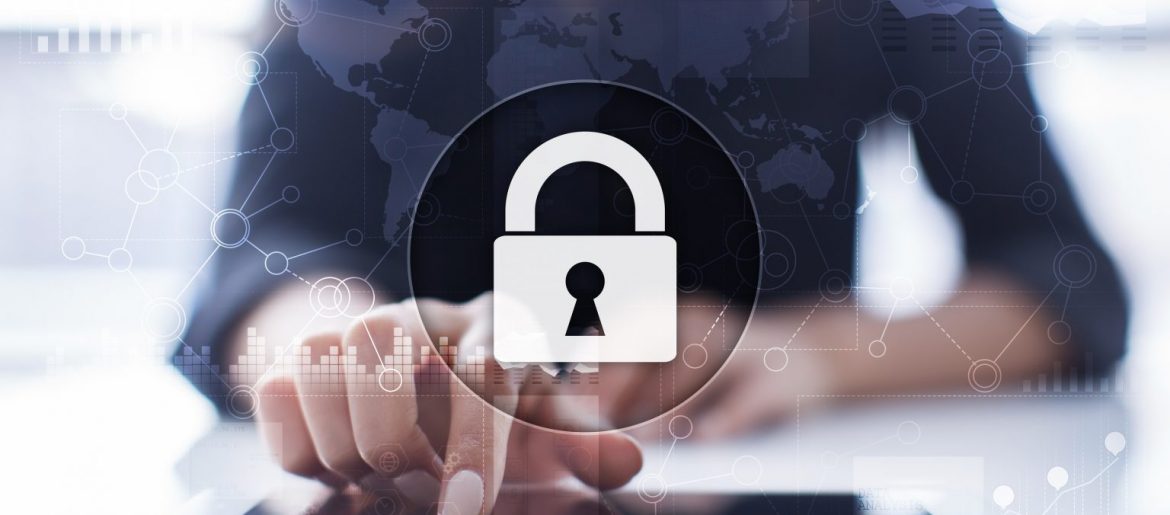
Most of us are online more than we realize. Being “connected” has become a part of life and it’s not just relegated to the time we spend browsing the internet on a PC.
Being online includes smartphones, wearables (like an Apple Watch) and IoT devices (like Alexa). That adds up to a lot of waking time online per day in one form or another between at home and the office.
The average person uses the internet 6.5 hours per day.
All that connectivity comes with easy access to information, cloud business apps and other people. However, it also includes security risk.
Some of the biggest online security threats include:
- Breach of company or personal data
- Ransomware attack
- Virus/malware infection
- Stolen banking information
- Identify theft
- Takeover of a computer for phishing or data mining
- Compromised account passwords
Any of these threats can result in the need for virus removal or other types of cleanup that is often very costly. They also result in downtime which can cost a small business as much as $427 per minute.
Staying offline is not really an option in today’s digital world so users need to take steps to protect themselves during all that online time.
Online Security to Protect Against Scammers, Malware, and More
You will need to be vigilant about online safety to help you avoid all types of unfortunate scenarios. These include breaches of your company data or having your payment card information stolen.
Here are several best practices to use for online security and staying safe while connected:
Be Aware of Your Wi-Fi Connection
If you are not on a known Wi-Fi at home or work, you need to be very careful about where you get your online connection.
Free public Wi-Fi’s can have hackers just waiting to tap into another user’s information. If you need to connect while away from your home or office, don’t enter any passwords, payment cards or other sensitive information while on a public Wi-Fi.
Also, be wary about which Wi-Fi’s you use. Hackers can often set up fake hotspots that look legitimate.
Use a Virtual Private Network (VPN)
One way to secure your connection, even when on an unsecure public Wi-Fi, is to use a VPN. This is a sevice that allows you to connect to the internet through a VPN server which encrypts your traffic and masks your IP address.
There are both personal and business plans for VPN services.
Protect Logins with Multi-Factor Authentication
It’s important to have good password security. However, even with the most secure password your login credentials could still become compromised. It seems we hear about a new major data breach every month that includes the exposure of millions of user login credentials.
Adding multi-factor authentication to all logins for business apps, personal apps and websites can increase account security by 99.9%.
Use Web Protection
Links to malicious webpages are used in a majority of phishing attacks. Web protection adds DNS filtering to your online security. This means the software detects any malicious websites and blocks them before they can do a drive-by download of malware onto your device.
Another form of safe browsing is to use private windows for browsing and checking browser security settings to reduce the amount of data being shared with the websites you visit.
Look for “https” When Buying Online
Only purchase online from websites with proper encryption which means they have a security certificate for the site.
You can identify these sites by looking for the “s” at the end of “http” in the site address. In front of the “https://” you should see a lock icon that is a secondary indication of a site that has a security certificate in place.
Keep Your OS, Apps, Browser & Antivirus Updated
While updates can sometimes be annoying because they interrupt what you’re doing, they are vital to ensuring any vulnerabilities are patched. This helps prevent online threats from infecting your system.
You should put a regular update schedule in place for your device operating system, apps, your antivirus/anti-malware program and internet browser.
Use Good IoT and Router Security Practices
Routers and IoT devices are big targets for hackers. If a hacker can get into one device on a network, they can often hack into others that share the same wireless connection.
61% of companies have experienced a security incident due to an IoT device.
Best practices for IoT device security include:
- Changing the default username and password
- Using strong passwords
- Disabling any features that are not needed
- Keeping the firmware up to date
- Disabling universal plug and play features (UPnP)
- Putting IoT devices on a guest network, separate from computers, etc.
Do You Think Your System May Have a Virus?
Sound Computers provides free diagnostics. If your Windows or Mac computer is acting strange, we can help identify the issue and save you from further exposure of your data and sensitive information.
We offer a number of onsite and offsite repairs including full virus/malware removal.
Contact us today to schedule a free consultation. Call 860-577-8060 or reach us online.
